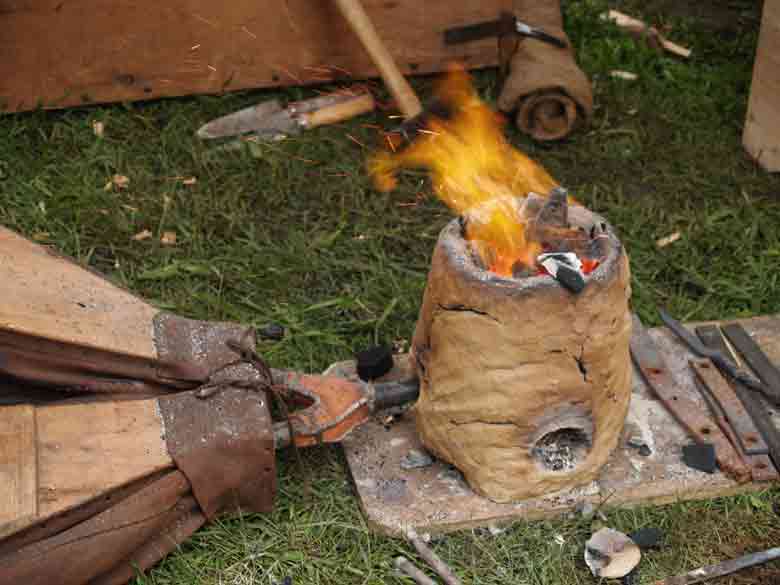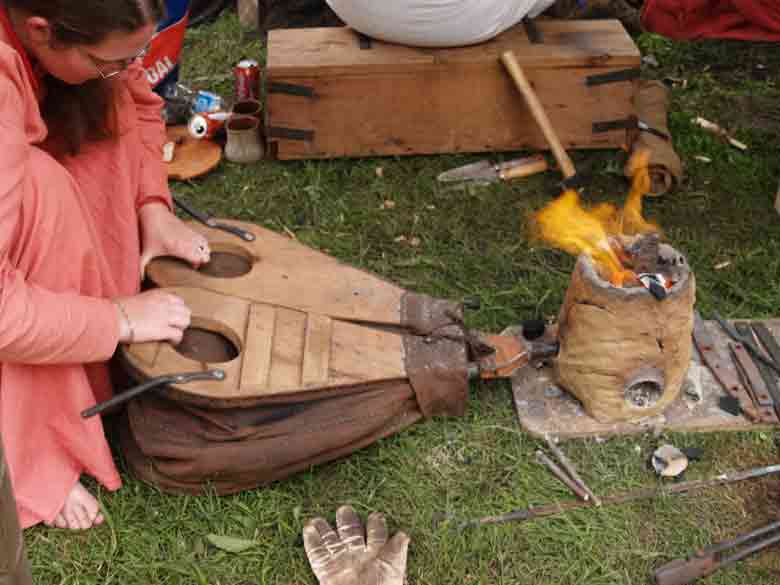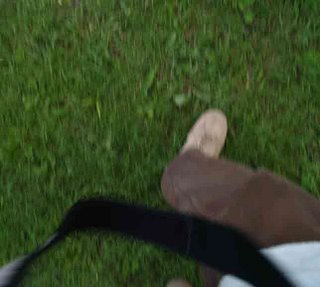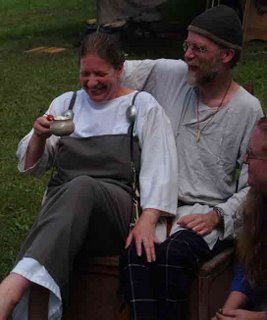With three bead melts done, and another two in the planning stages it would be worth listing some of the questions facing us. I fully expect this list to expand with time.
ToolsTool artefacts include two mandrills (one with a bead stuck on, one without), the 'warming plate'. Tweezers can be inferred from the impressions on the ends of some glass stringers.
Our current planned list of tools for each workstation is:
1. Long tweezers (placing glass in the furnace)
2. Short tweezers (handling stringers near the furnace)
3. Mandrels (a dozen or so)
4. Snips (cutting stringers)
5. Fire rake (adjusting the charcoal bed to provide a workspace)
There will also be shared tools
1. Long fire rake
2. Crucible tongs
This represents a LOT of iron tied up.
QUESTION: Could some parts of this work be done with soaked green twigs instead?
The warming plate and crucible bits are also an interesting question. How are they used?
QUESTION: Are the glass tesserae placed on the plate in the furnace, heated up and pressed onto the mandrel?
QUESTION: Would a ceramic plate work?
QUESTION: Can a piece of charcoal work? The answer to this seems to be yes as Darrell and Unnr have both made beads this way already.
QUESTION: Are tesserae placed in a crucible and melted, with stringers/rods being drawn out using tweezers?
Many beads are shaped, not just flat sides but deep ridges, cones, bicones. How was this done? For a modern lampworker there are shaped marvers of metal or graphite. No artefacts exist.
QUESTION: Can a soapstone marver do each of these shapes?
QUESTION: What about bone marvers?
QUESTION: What about a knife as one book theorizes?
TechniqueMany of our beads show texture problems. These appear to fall into two groups:
1. Contact with walls/charcoal - this leaves a fairly visible mark. Similar marks do exist on some period beads, but with more skill development I expect this to gradually reduce in frequency.
2. Ash pitting. The surface gets touched by floating ash which leave small dimples in the glass or a rough texture. This texture is also visible on many (but not all) artefacts.
QUESTION: Is the pitting on the artefacts actually caused by ash or by another issue?
QUESTION: Can the working ports/air flow be adjusted to reduce/eliminate the ash impacts?
How are beads actually made?
Callmer's book lists several different construction techniques, some of which leave traces we can see in the artefacts, others of which would not be distinguishable. The artefacts include glass rods (0.5mm to 5mm diameters - thus stringers and full sized rods); tesserae (glass bits for making mosaics), and cullet (broken glass bits from drinking beakers etc)
QUESTION: Can you make beads by picking up broken bits onto the mandrel? (yes - see above)
QUESTION: Can you make beads using rods as modern lampworkers do? (yes - I have done this as have others)
QUESTION: How can we reduce the post - creation breakage? i.e. how can we best anneal the beads?
QUESTION: How can we reduce breakage as we pull them off the mandrel?
QUESTION: Is the tapered shape of the artefact mandrels important?
QUESTION: Was a release/slip used?
QUESTION: How do you overcome the problems of mixing glasses with different Coefficients of Expansion? (more annealing questions)
QUESTION: How can you make some of the shapes we see?
QUESTION: Do each of the methods Callmer shows actually work?
QUESTION: What are the specific signs that a particular technique was used? (if any)
This does not even begin to address the questions on work area layout we will be examining when the Mark III is built. The question is "what does the upper part of the furnace look like in terms of openings, texture, air flow patterns, chimney's and so on".
I think that should keep us busy for now....
Labels: glass beads




















